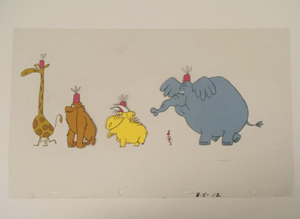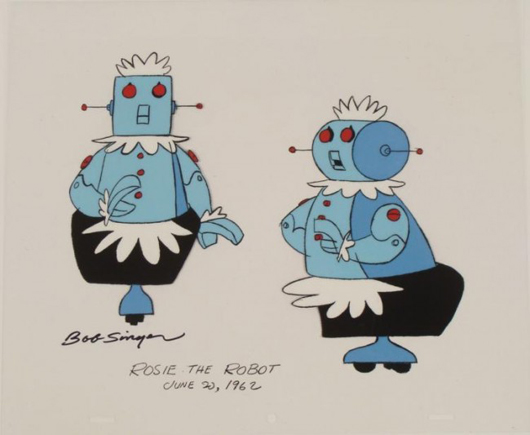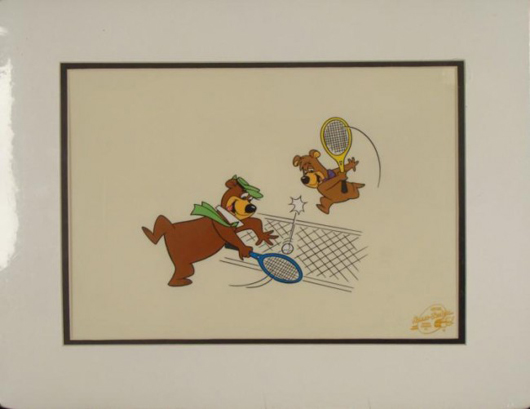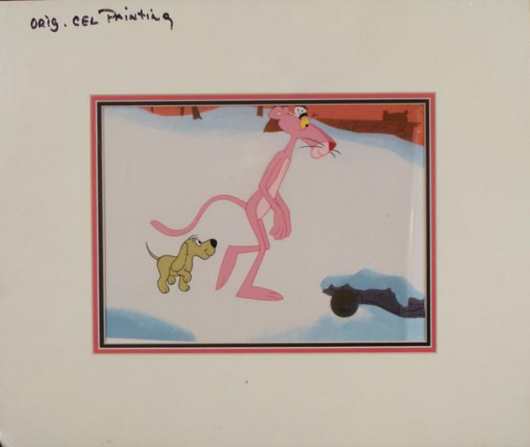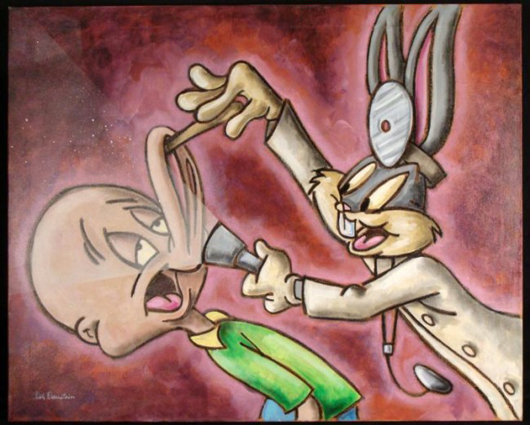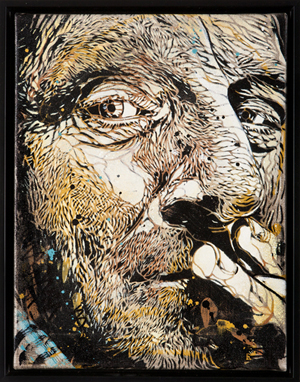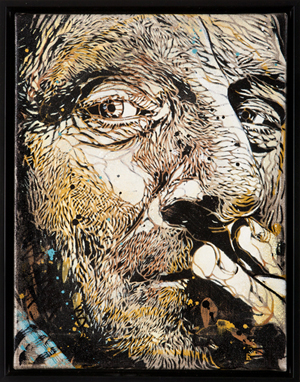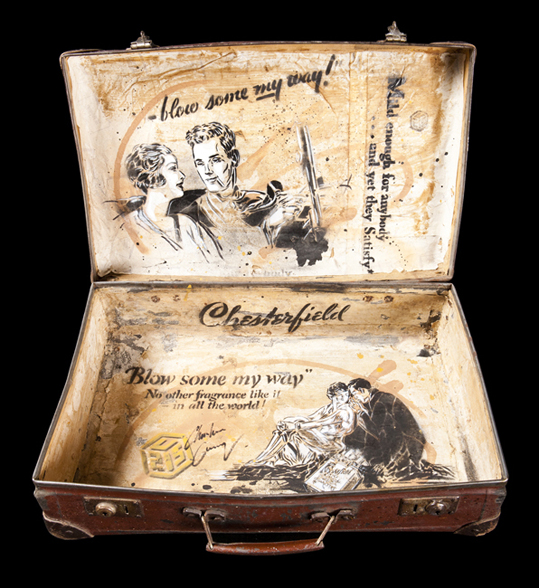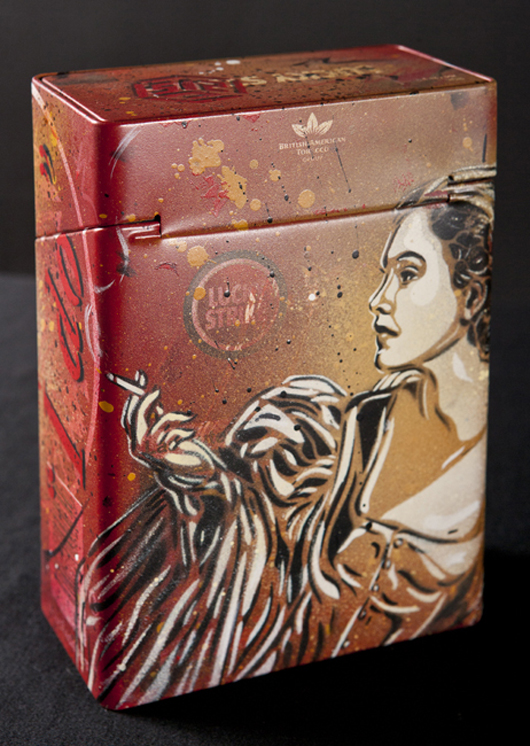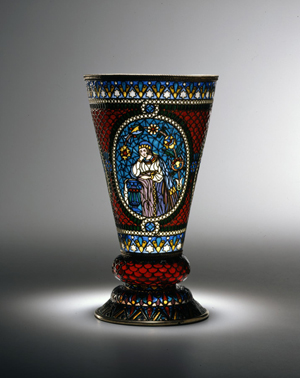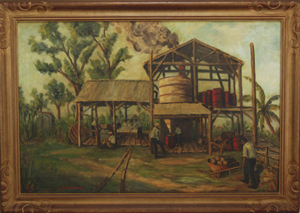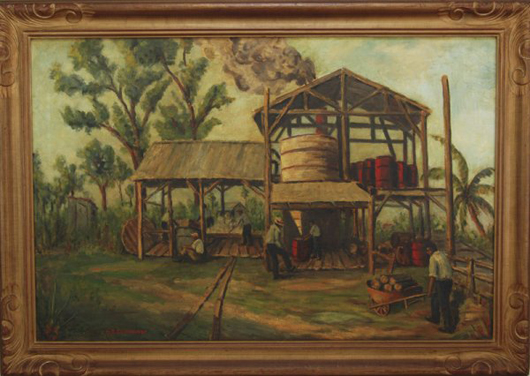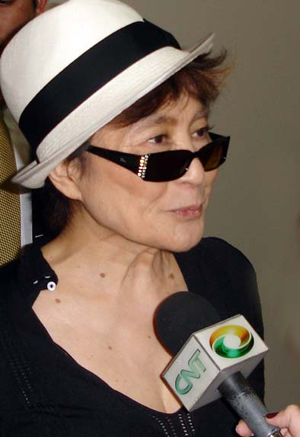![From a Georg Jensen sterling silver flatware set in the Acorn pattern, eight emerald-enameled salts with spoons, and [center] a pair of tongs. Stephenson’s Auctioneers image. From a Georg Jensen sterling silver flatware set in the Acorn pattern, eight emerald-enameled salts with spoons, and [center] a pair of tongs. Stephenson’s Auctioneers image.](https://www.liveauctioneers.com/news/wp-content/uploads/2011/12/2011_1216_Jensen Salts_lead.jpg)
From a Georg Jensen sterling silver flatware set in the Acorn pattern, eight emerald-enameled salts with spoons, and [center] a pair of tongs. Stephenson’s Auctioneers image. SOUTHAMPTON, Pa. – An array of 18th-century Britannia standard silver and one of the most extensive Georg Jensen flatware services to see the auction block in many years will headline Stephenson’s New Year’s Day Antiques & Decorative Arts sale.
The suburban Philadelphia auctioneers specialize in estate antiques and art. Often, they are called upon to assess and auction the contents of grand residences on Philadelphia’s “Main Line.” That’s where the New Year’s silver trove was sourced – from the home of a prosperous family that owned a yarn goods company during the early to mid 20th century.
The Jensen sterling flatware set consists of more than 200 pieces in the coveted Acorn pattern and includes numerous serving and accessory pieces, most notably an octet of emerald-enameled salts with individual spoons. The service has remained in the same family since 1941.
“An estimate of $20,000 for a service of this quality and size would not be the least bit unreasonable, especially when factoring in the considerable cachet of the Georg Jensen name,” said Stephenson’s owner, Cindy Stephenson.
The Philadelphia estate also produced a sizable selection of antique English silver, including tea caddies by Anthony Nelme (circa 1720) and Edward Gibbons (circa 1726). Two matching Thomas Ash Britannia standard Queen Anne tea caddies date to 1711 and were purchased by a member of the Philadelphia family in 1944 from New York’s Parke-Bernet Galleries. A third Queen Anne caddy in the collection was crafted by Ash around 1708.
Other English sterling highlights from the estate include a 1780 William Cafe dish cross with pierced center for a spirit lamp, an 1821 dish cross by William Plummer and a pair of Britannia standard silver casters made by Thomas Bamford around 1720.
“This collection of silver was obviously a family treasure. Over the years the pieces were appraised multiple times. We have documents for several appraisals conducted by Freeman’s in the 1970s,” said Stephenson.
The New Year’s Day silver offering continues with fine sterling from additional consignors. Key pieces include a J. Lewis American coin silver clamshell serving spoon, a vegetable bowl, and a Wallace Grand Baroque flatware service for 12 that is expected to realize at least $2,500 at auction.
Several prized furniture designs by Japanese-American architect and master craftsman George Nakashima came to Stephenson’s from a Philadelphia-area estate. All had been purchased new in 1954. A walnut living room suite of quintessential Nakashima style will be apportioned into three auction lots: an armless sofa, armchair with footstool, and sidechair.
A special highlight of the sale is a collection of 16 beautiful duck decoys carved and signed by D.W. “Davey” Nichol (1890-1977) of Smiths Falls, Ontario, Canada. Inspired by members of his family who were accomplished carvers, Nichol began creating decoys in the 1950s, purely for his personal collection. After his talent was discovered by other collectors, Nichol could barely keep up with the demand for his elegant, hand-carved and painted waterfowl. During the second half of the 20th century, Nichol’s decoys won many prizes and were displayed in prestigious exhibitions, including at the Shelburne Museum in Vermont.
“We feel privileged that we were chosen to sell this collection, which came from a Montgomery County (metro Philadelphia) estate,” said Stephenson. “It very easily could have gone to an auction house that specializes in decoys.”
The Jan. 1 auction is brimming with a variety of antiques, art and jewelry from upscale estates. Selected highlights from the sale’s many different categories include a Steinway & Sons walnut Model B grand piano, a McClellan saddle, a chic pearl and diamond bracelet, and an exquisite sterling powder jar with guilloche lavender enameling and a hand-painted courting scene on its lid.
Stephenson’s Jan. 1 auction will commence at 11 a.m. Eastern time and will be held at the company’s gallery located at 1005 Industrial Blvd., Southampton, PA 18966. Inspection is on Thursday, Dec. 29 from 3-6 p.m.; Friday, Dec. 30 from 12 noon to 2 p.m.; and on auction day, Sunday, Jan. 1 from 10 a.m. till the start of the sale.
On Tuesday, Dec. 27, commencing at 5 p.m., Stephenson’s will host an open house preview and lecture by Janet Drucker, America’s foremost authority on the subject of Georg Jensen silver and author of the book Georg Jensen: A Tradition of Splendid Silver. Drucker’s PowerPoint presentation will focus on Jensen flatware and the classic Acorn pattern.
All forms of bidding will be available, including live in the gallery, absentee, by phone or live via the Internet through LiveAuctioneers.com. View the fully illustrated catalog and sign up to bid absentee or live via the Internet at www.LiveAuctioneers.com.
For additional information on any lot in the sale, call Cindy Stephenson at 215-322-6182 or e-mail info@stephensonsauction.com.
# # #
ADDITIONAL LOTS OF NOTE
![From a Georg Jensen sterling silver flatware set in the Acorn pattern, eight emerald-enameled salts with spoons, and [center] a pair of tongs. Stephenson’s Auctioneers image. From a Georg Jensen sterling silver flatware set in the Acorn pattern, eight emerald-enameled salts with spoons, and [center] a pair of tongs. Stephenson’s Auctioneers image.](https://www.liveauctioneers.com/news/wp-content/uploads/2011/12/2011_1216_Jensen Salts_large.jpg)
From a Georg Jensen sterling silver flatware set in the Acorn pattern, eight emerald-enameled salts with spoons, and [center] a pair of tongs. Stephenson’s Auctioneers image. 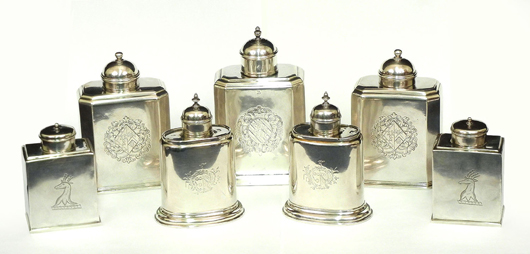
A formidable array of early 18th-century English sterling silver tea caddies. Stephenson’s Auctioneers image. 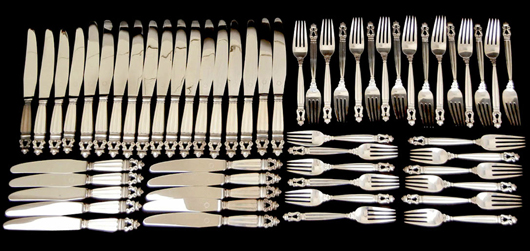
A selection of forks and knives from a Georg Jensen sterling silver flatware service, Acorn pattern, numbering more than 200 pieces, including serving and accessory pieces. Stephenson’s Auctioneers image. 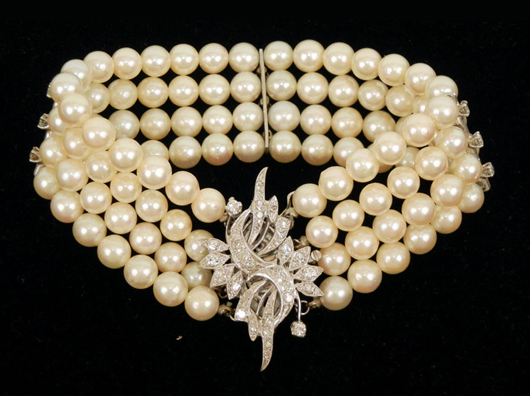
From a Philadelphia-area estate, a quadruple-strand pearl and diamond bracelet. Stephenson’s Auctioneers image. 
(Left) 1821 dish cross by William Plummer and (right) 1780 William Cafe dish cross with pierced center for spirit lamp. Both were purchased from James Robinson Inc., New York, in 1945. Stephenson’s Auctioneers image. 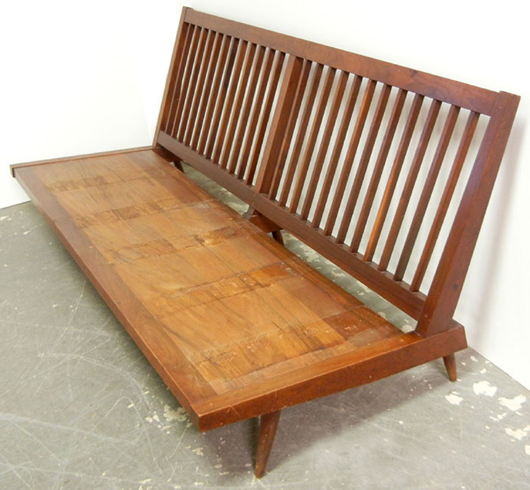
Nakashima 1954 walnut sofa from a living room suite to be auctioned in three lots. Stephenson’s Auctioneers image. 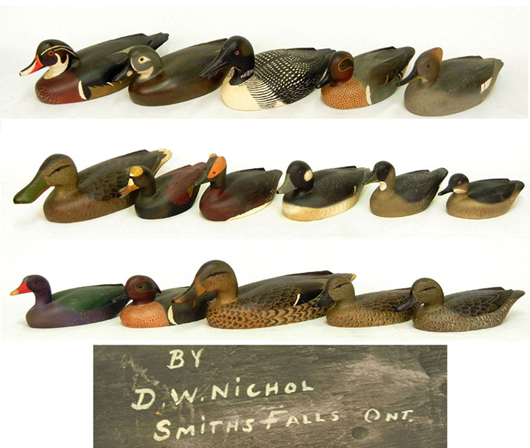
Collection of 16 hand-carved and painted duck decoys by D.W. “Davey” Nichol (1890-1977) of Smiths Falls, Ontario, Canada. Stephenson’s Auctioneers image. 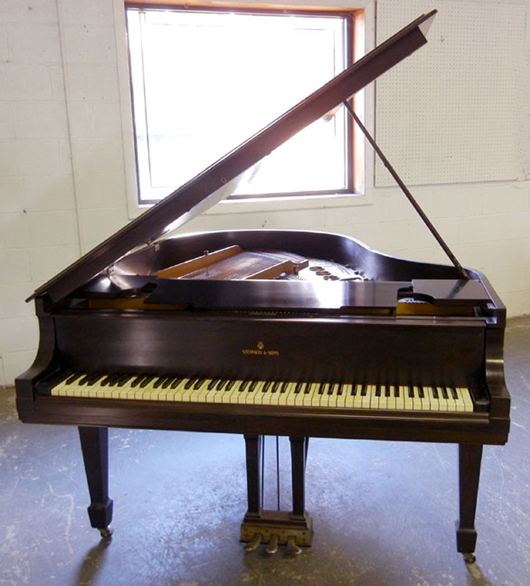
Steinway & Sons walnut Model B grand piano. Stephenson’s Auctioneers image. 
A beautifully proportioned mid-20th-century Mexican silver coffee pot stamped P Lopez G on the bottom, weighs 45.5 ozt. Stephenson’s Auctioneers image.


![From a Georg Jensen sterling silver flatware set in the Acorn pattern, eight emerald-enameled salts with spoons, and [center] a pair of tongs. Stephenson’s Auctioneers image.](https://www.liveauctioneers.com/news/wp-content/uploads/2011/12/2011_1216_Jensen%20Salts_lead.jpg)
